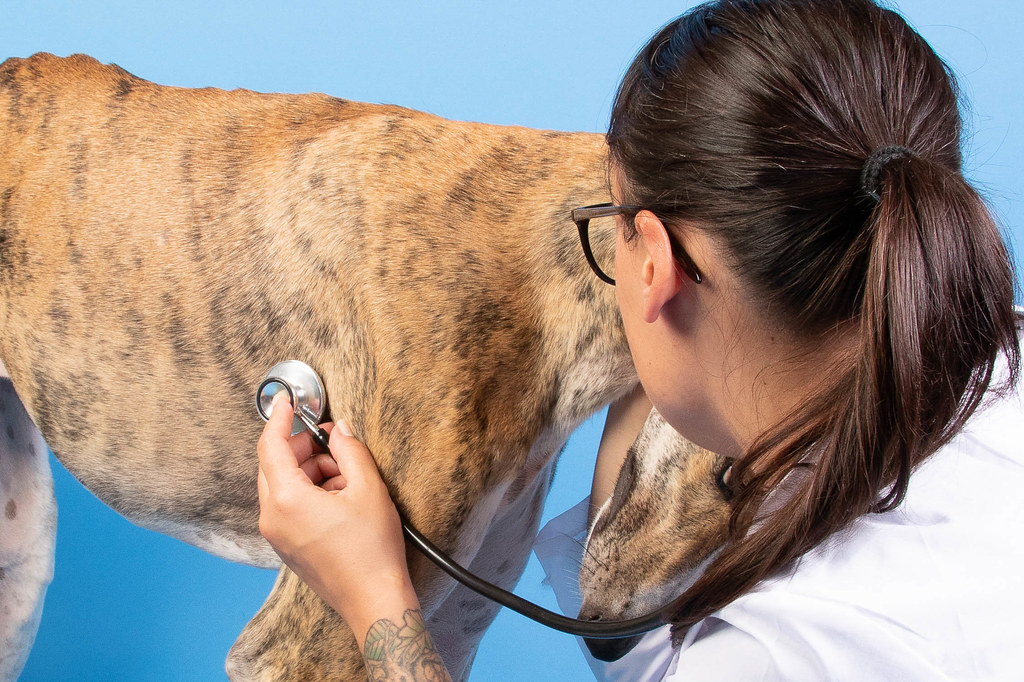As COVID-19 endures amidst new variant outbreaks, several pandemic-related trends have followed suit – namely an uptick in “pandemic pet” ownership. Shelters, breeders, and rescue centers have been inundated with hopeful pet owners looking to combat social isolation and existential anxiety.
Now, in face of countless new patients and pet-related inquiries, many veterinary clinics are struggling to address growing labor shortages stemming from widespread vet burnout. In turn, this issue has harmed vet care accessibility; clinics have been forced to turn away new patients, backlog appointments for months, and ultimately consider their future as viable healthcare providers.
Worsening an existing issue
Even before COVID, veterinary medicine was no stranger to ethical and moral challenges; often, vets must balance “the interests of animal caregivers or owners, the interests of veterinarians, and the interests of animals” in maintaining a high level of care. The inherent stress of this work environment has, in part, contributed to alarming stats such as the comparatively high suicide rate amongst vets.
According to a 2021 study by Frontiers in Veterinary Science, the pandemic not only exacerbated many of these issues, it created even more ethically challenging situations (ECS) like workplace safety, information overload, and client financial hardship. The study, which included the largest survey on vet-related ECS, cited “conflict between personal wellbeing and professional role” and “conflict between the wellbeing of family/household members and professional role” as primary challenges amongst surveyed vets (64.3 percent and 46.3 percent of respondents, respectively). These findings illustrate an ongoing fight for balance between professional efficiency and personal safety – a push and pull that has left many vets burnt out, disillusioned, and ill-equipped to accommodate a surge of new “pandemic pet” patients.
Subsequently, as personnel dwindles, newly adopted and rescued pets have overwhelmed clinic schedules, leaving many new pet owners to surrender their animals to equally overcrowded shelters due to adoption-related spaying and neutering policies, which are unable to be met in a timely manner. As shelters quickly fill up, other owners have been forced to pursue difficult, yet inevitably cheaper options such as euthanasia, which, in their own right, contribute to both appointment overcrowding and emotional burnout amongst vets tasked with end-of-life protocol.
Innovating to meet demand
Speaking to the Philadelphia Inquirer in June, Haddonfield-based vet Scott Neabore perhaps perfectly summarized his industry’s current problem: “the pet population essentially doubled in a year, but the veterinarian population did not. Now we’re trying to play catch-up.”
To achieve the latter, vet clinics are embracing new protocols and infrastructures to maintain quality, accessible healthcare – but with additional emphasis on patient and staff wellbeing and support. Jennifer Serling, director of the Association of Veterinary Technician Educators, recently told CNN that clinics may turn the tide by first investing more in their staff – both financially and developmentally. According to Serling, these institutions may benefit from restructuring pay models and opportunities to better utilize each staff member’s unique skill set, creating a clearer sense of value and worth despite potentially overwhelming work conditions.
What’s more, clinics have adapted their patient-facing messaging regarding appointment urgency, emphasizing at-home care in lieu of appointment scheduling when possible. Those looking for nail trimmings and ear cleanings, for instance, are advised to postpone such care or seek out less crowded alternatives, clearing the way for more urgent clinical matters to be addressed quicker.
Such efforts not only accommodate an influx of new patients, but they also foster a stronger culture of vigilance and workplace advocacy, which, in turn, can help staff feel supported, motivated, and comfortable continuing their day-to-day responsibilities. This multifaceted approach strives to address each part of a cyclical dilemma, allowing clinics to find balance en route to, ideally, a more manageable future.






